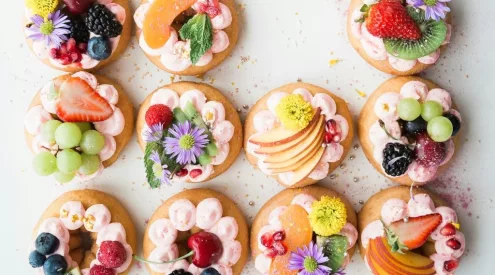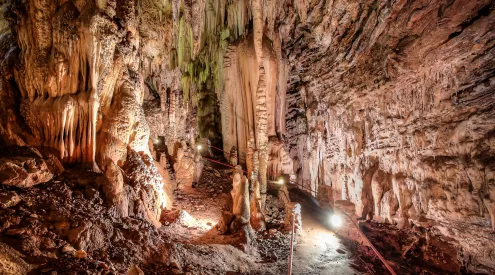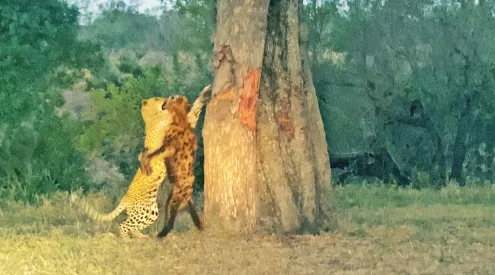It’s always fascinating to sit under clear African skies and observe the goings-on around the pans (Africa’s word for waterholes), where the smell of life is so intense. There’s a special dignity in the kind of silence that surrounds you while in these open, wild heart, areas – and always a tingling of anticipation, as I watch in appreciation. Sooner or later the elephants arrive.
This wee jumbo – see second photo – caught my eye immediately. Belonging as she does to the ‘B’ family, I christened her Bottom. Whether she was born like this or lost her tail to a carnivore I can’t be sure. Yet in spite of her misfortune I had to smile. If there’s anybody you ever want to say ‘kiss my ass’ to, simply direct them to this photograph!
A less comical sight around the Hwange Estate pans of late has been Adwina, who was de-snared more than a month ago (see my blog titled ‘Another precious life saved’). She’s wandering with her 4-year-old son, but her wound is taking a worryingly long time to show signs of healing. Although she can put her full weight on her de-snared leg, it’s swollen below the wound, now looking as if she has a boot on her back right leg. And having lost so much skin on the lower portion of this leg, there’s nothing to protect the wounded flesh. She mud-bathes and dust-bathes continually, helping Mother Nature along. Do keep your fingers crossed that she starts to mend, as she’s one of those elephants who’s surely endured enough already.
Tourists and animal-lovers alike will be pleased to know that the water-for-the-wildlife situation has improved significantly on this estate since the woes revealed in my book (which tells the story of the 2001-2008 years). With kind donor assistance, I managed to arrange for three key pans – a new one at Kanondo, as well as those known as Mpofu and Mtaka – to be scooped late last year, in time for the annual rains to fill them. Thankfully it was a generous wet season (the annual rains fall in Zimbabwe from November to March) and by April these pans, plus three smaller ones, held excellent levels of water. These levels don’t last for long however, once the rains end, without water being pumped to them continuously.
Life-giving water is currently flowing into Kanondo pan and (somewhat erratically) into Mpofu pan, alleviating at least some of the problems of the past. I trust that, before the onset of the next dry season, the lessee of this section of land (African Sun) can organise for year-round water to flow to Mtaka pan as well. Only then will the elephants have their circuit back, as it once was. They move regularly between Mtaka, Mpofu and Kanondo pans (all of which tourists visit on a game-drive) – also moving around Hwange Safari Lodge, Sable Lodge, Sikumi Lodge, Ivory Lodge and Ganda Lodge pans as well. It’s so important for these elephants – and indeed for all of the wildlife – that all of these pans stay functional throughout every year, especially in each long dry-season.
When I gaze at the dazzling colours of an African sunset reflected in these resurrected pans I know with absolute confidence that – despite the myriad ongoing challenges – it’s the right thing to do to stay on with these elephants in wild Zimbabwe. It’s a feeling of certainty, of deep love and hope – that usually lasts for about 90 seconds! But as the sinking sun reflects in the eye of an elephant, so close and trusting, illuminating the groove in her immaculately smooth tusk and emphasising her long, dark eyelashes – while I recall once again the many positive sentiments of recent visitors, like ‘this is totally awesome’ – I am content, and confident in the knowledge that the tourists are returning. And they’re absolutely delighting in their extraordinary encounters with these truly unique wild elephants.


















